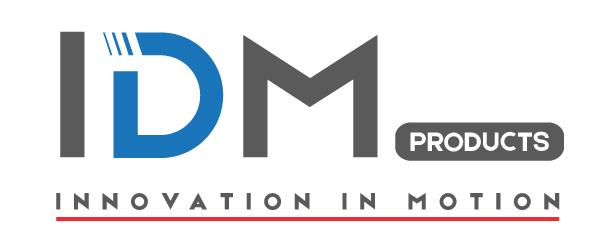The global freight industry is constantly evolving and adapting to changing market conditions. One area that has seen significant change in recent years is freight prices.
In the past, freight prices were largely determined by supply and demand factors. However, with the advent of technology and the rise of digital platforms, the industry has become more efficient and transparent, leading to increased competition and lower prices.
Here are some tips for navigating the changing freight prices:
- Understand the Freight Market: Research and stay updated on the current state of the freight market. This includes factors such as fuel prices, capacity, and demand.
- Utilize Technology: Take advantage of freight management software and online platforms that provide real-time information on freight rates and market trends.
- Optimize Shipping Methods: Evaluate different shipping methods such as less-than-truckload (LTL), full truckload (FTL), and intermodal to find the most cost-effective option for your business.
- Consolidate Shipments: If possible, consolidate multiple smaller shipments into one larger shipment to reduce costs and optimize efficiency.
- Negotiate with Carriers: Develop strong relationships with freight carriers and negotiate pricing contracts to secure better rates.
- Evaluate Shipping Options: Consider alternate shipping options such as rail or ocean freight if they are more cost-effective for your business.
- Plan Ahead: Anticipate and plan for peak shipping seasons or events that may affect freight prices and adjust your logistics accordingly.
- Measure and Analyze Data: Continuously monitor and analyze your shipping data to identify areas for improvement and cost savings.
- Optimize Packaging: Efficient packaging can help reduce dimensional weight charges and potential damage during transit, ultimately lowering freight costs.
- Consider Outsourcing: Explore the option of outsourcing your shipping and logistics needs to third-party logistics providers (3PLs) who can leverage their networks and expertise to secure competitive freight rates.
- Develop Relationships: Partner with reliable and reputable freight brokers, who can offer valuable insights and connections in the freight industry.
- Monitor Carrier Performance: Regularly assess the performance of your freight carriers, including on-time delivery, customer service, and overall satisfaction.
- Collaborate with Suppliers: Develop partnerships and open lines of communication with your suppliers to explore ways to collectively reduce freight costs.
- Streamline Processes: Identify areas of inefficiency in your shipping processes and implement streamlined procedures to reduce time and costs.
- Consider Freight Insurance: Assess the need for freight insurance to protect yourself against potential losses or damage during transit.
- Allocate Resources Efficiently: Invest in resources such as transportation management systems, warehouse management systems, and qualified transportation professionals to help optimize your shipping operations.
- Review and Update Strategies: Regularly review and update your freight management strategies to adapt to changing market conditions and trends.
- Seek Professional Advice: Consult with industry experts or freight consultants who can provide guidance on optimizing your freight operations and costs.
- Track and Control Expenses: Monitor and control your freight expenses by implementing an effective cost-tracking system and regularly reviewing your shipping costs.
- Stay Informed: Continuously educate yourself and your team on industry trends, regulations, and innovations that can impact freight prices and adjust your strategies accordingly.
Overall, the freight industry is continuously adapting to change and finding ways to offer more competitive pricing to customers. With the use of technology, increased efficiency, and the adoption of sustainable practices, freight prices are expected to continue trending downward in the coming years.

